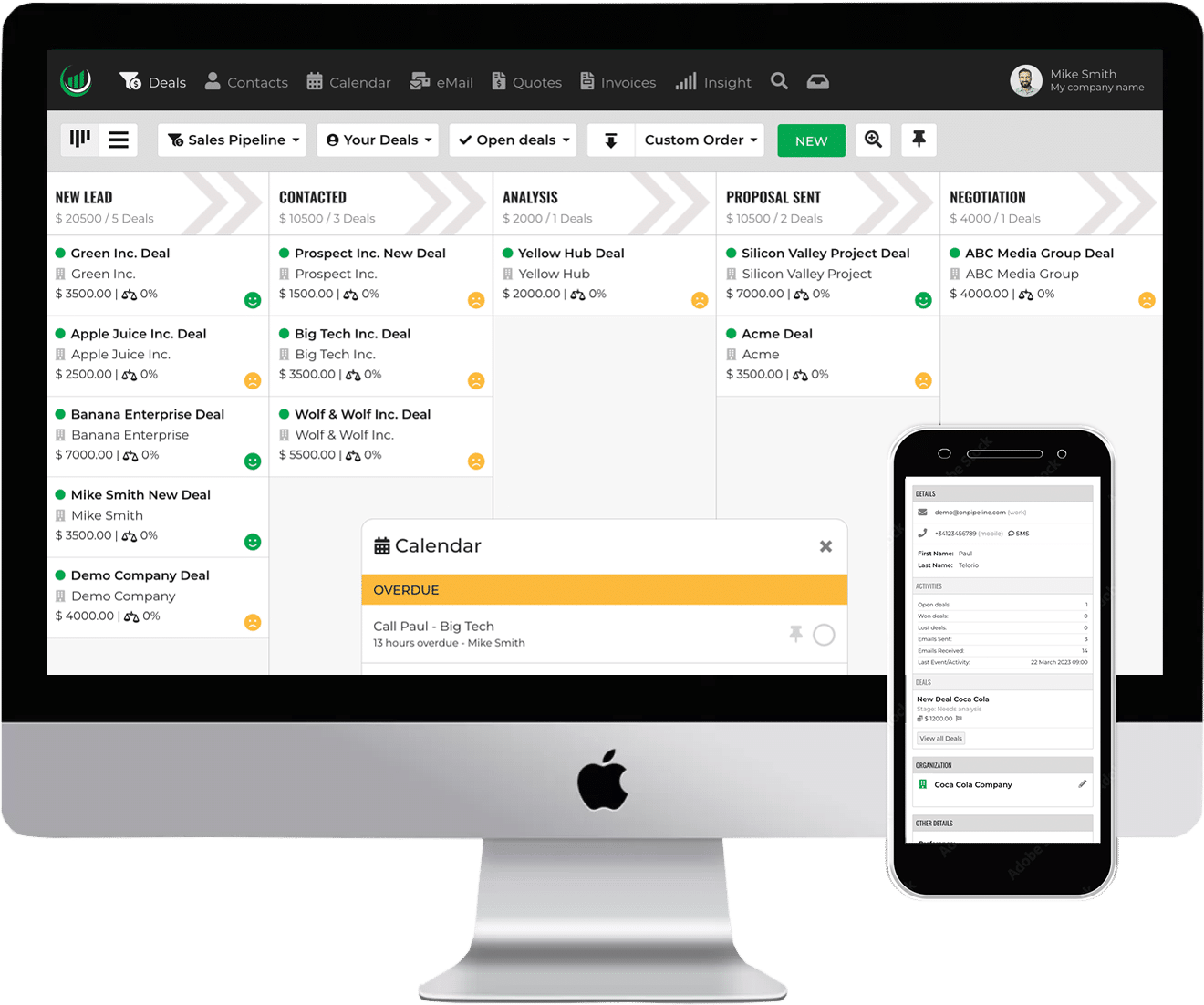Implementing Cross-Selling and Upselling strategies successfully requires a deep understanding of your customer base, effective communication, and the right timing.
Cross-Selling
Cross-selling involves offering customers complementary or related products or services to what they are already purchasing. This can be done by suggesting products that go hand in hand with their current selection. For example, a fast-food restaurant might cross-sell fries and a drink with a burger.
Upselling
On the other hand, upselling is about persuading customers to buy a higher-priced or more feature-rich version of the product or service they intend to purchase. For instance, a car salesperson might encourage a potential buyer to choose a higher trim level with more features.

Examples
Amazon is a prime example of effective cross-selling. When you view a product, they suggest complementary items or products frequently bought together. This encourages customers to add more items to their cart.
Apple is known for its successful upselling strategy. When you buy an iPhone, they offer you various add-ons like AppleCare, high-end accessories, or other Apple products like the iPad or Apple Watch.
McDonald’s is skilled at both cross-selling and upselling. When you order a meal, they often ask if you’d like to make it a larger size (upselling), and they also inquire if you want to add a dessert or a drink (cross-selling).
Effective Cross-Selling and Upselling
Understand your Customers
To cross-sell or upsell effectively, you need to know your customers’ preferences and needs. This can be achieved through data analysis and customer segmentation.
Timing Matters
The timing of your cross-sell or upsell offer is crucial. For instance, when a customer is about to check out, that’s the right time to suggest complementary items or an upgraded version.
Personalize the Offer
Personalization is key. Tailor your cross-sell or upsell offers to the specific customer’s history and preferences, making it more likely they will accept the offer.
Clear and Relevant Communication
Clearly communicate the value of the cross-sell or upsell. Explain how it enhances the customer’s current purchase.
Incentives and Discounts
Offering promotions, discounts and incentives for bundled purchases can be a powerful motivator. Buy-one-get-one deals or bundle discounts can encourage customers to buy more.
Train your Sales Team
If you have a sales team, ensure they are well-trained in cross-selling and upselling techniques. They should understand when and how to make these offers.
Monitor and Analyze
Continuously monitor the performance of your cross-selling and upselling strategies. Analyze which offers are working and which aren’t, and adjust your approach accordingly.
Cross-selling & upselling with a CRM
Utilizing Customer Relationship Management for cross-selling and upselling can significantly enhance your sales efforts.
1. Segmentation
Customer Data:
Begin by collecting and organizing customer data within your CRM. This should include purchase history, preferences, demographics, and any other relevant information. Segmentation allows you to identify opportunities for cross-selling and upselling based on customer profiles.
Create Customer Segments:
Use the data collected to create segments of customers with similar characteristics and purchase behaviors. For example, you can create segments for loyal customers, high spenders, or customers who have made recent purchases.
2. Tracking Customer Behavior
Behavior Analysis:
A CRM can track customer behavior over time. Monitor the products or services they frequently purchase, the frequency of their purchases, and the specific touchpoints (e.g., website visits, email opens) they engage with.
Identify Opportunities:
Based on the tracked behavior, identify opportunities for cross-selling and upselling. For instance, if a customer frequently buys a basic version of your product, consider suggesting an upgrade. If they often buy complementary items, propose bundle deals.
3. Performance Analysis
Analyze Results:
Regularly analyze the results of your cross-selling and upselling efforts. Your CRM should provide insights into which strategies are working and which aren’t.
A/B Testing:
Use A/B testing to experiment with different approaches and messages. CRM data can help you determine which offers and strategies yield the best results.
4. Training and Collaboration
Training:
Train your sales team on how to effectively use the CRM for cross-selling and upselling. Ensure they understand the data available and how to interpret it for improved sales strategies.
Collaboration:
Encourage collaboration between sales and marketing teams. The CRM should be a central hub where both teams can access and contribute to customer information and strategies.


